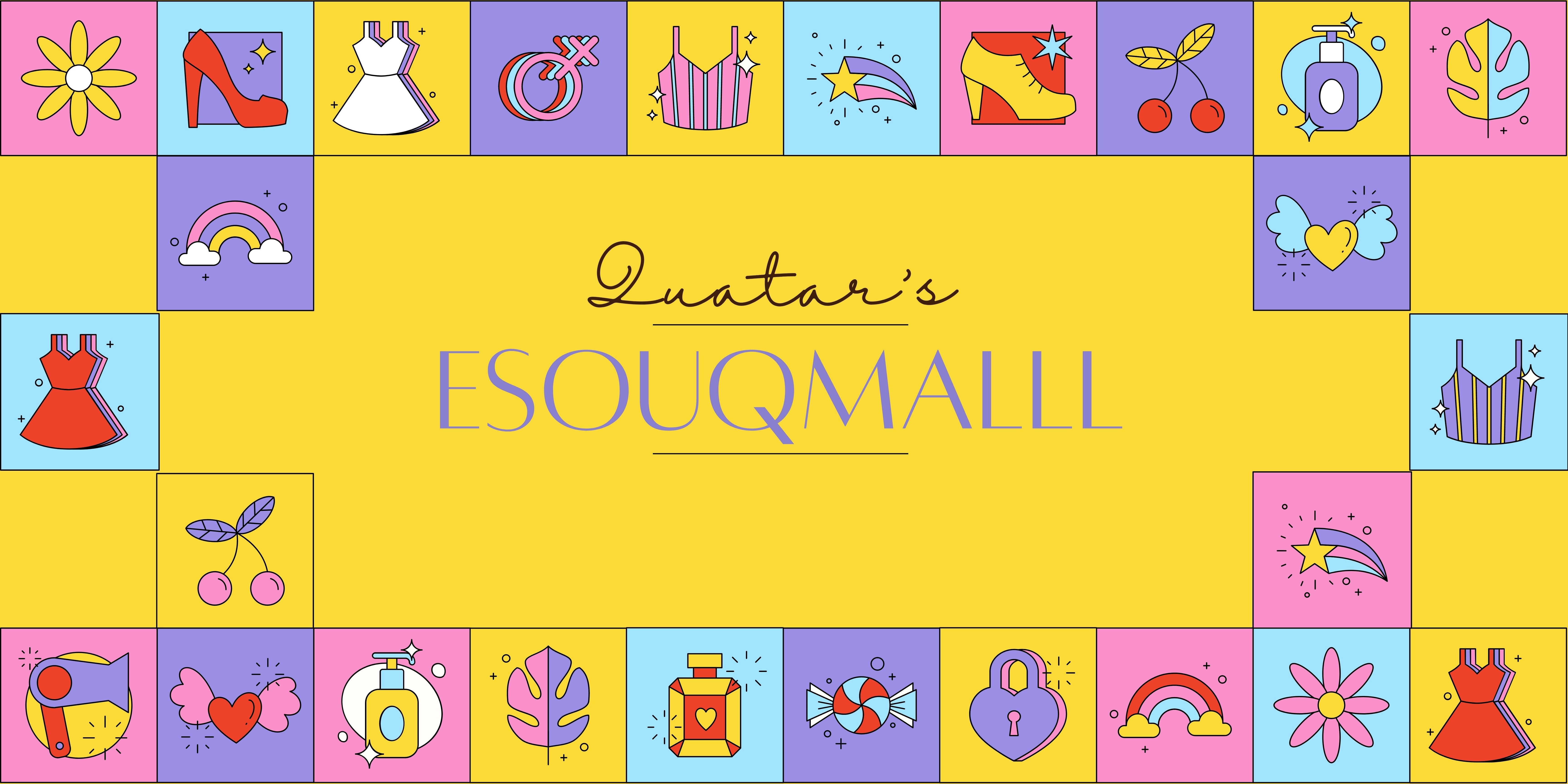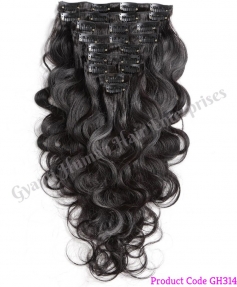The human hair industry has witnessed a remarkable surge in recent years, driven by increasing demand for hair extensions, wigs, and other hair-related products. As a supplier or wholesaler, understanding the intricacies of this dynamic market is crucial to success. This comprehensive guide aims to provide you with a solid foundation, covering key aspects such as market trends, sourcing, quality control, ethical considerations, and business strategies.
Understanding the Market Dynamics
1. Global Demand and Trends:
- Growing Consumer Interest: The desire for versatile hairstyles, personal expression, and convenience has fueled the demand for human hair products.
- Celebrity Influence: Celebrities and social media influencers often popularize specific styles and trends, driving consumer preferences.
- Cultural Factors: Different cultures have unique hair traditions and preferences, influencing market demand.
2. Key Product Categories:
- Hair Extensions: Clip-ins, tape-ins, microbeads, and weft extensions are among the most popular options.
- Wigs: Lace front, full lace, and synthetic wigs cater to various needs and budgets.
- Hairpieces: Ponytails, buns, and other accessories offer temporary style solutions.
3. Target Markets:
- Retailers: Beauty supply stores, salons, and online retailers are major customers.
- Individuals: Consumers directly purchase hair products for personal use.
- Stylists and Professionals: Hairdressers and stylists often require bulk purchases.
Sourcing Human Hair: Ethical and Sustainable Practices
1. Sourcing Channels:
- Direct Donors: Building relationships with donors can ensure a consistent supply and ethical practices.
- Hair Collectors: Individuals or organizations that collect hair from temples, salons, or donors.
- Third-Party Suppliers: These intermediaries connect buyers and sellers.
2. Ethical Considerations:
- Consent and Voluntariness: Ensure that hair is obtained voluntarily and without coercion.
- Child Labor: Avoid sourcing hair from children or minors.
- Harmful Practices: Ensure that no harmful chemicals or practices are used during the collection or processing of hair.
3. Certification and Standards:
- Ethical Certifications: Look for certifications like Fair Trade or ethical sourcing standards.
- Quality Standards: Adhere to industry standards for hair quality and processing.
Quality Control and Testing
1. Physical Inspection: Assess factors like length, texture, color, and overall appearance.
- Cuticle Alignment: Ensure that the cuticles are aligned in the same direction to minimize tangling.
- Color Consistency: Verify that the color is even and free from artificial dyes.
- Texture Assessment: Evaluate the hair's natural texture and wave pattern.
2. Laboratory Testing:
- Chemical Analysis: Test for the presence of harmful chemicals or additives.
- Microbial Testing: Ensure that the hair is free from bacteria, fungi, or other contaminants.
- Durability Testing: Assess the hair's resistance to heat, styling, and color treatments.
Processing and Preparation
1. Cleaning and Sanitization: Remove impurities and contaminants from the hair.2. Sorting and Grading: Categorize hair based on length, texture, color, and quality.3. Processing: Apply chemical treatments or heat styling as needed to achieve desired textures or colors.4. Packaging: Package hair in appropriate quantities and materials to protect it during shipping and storage.
Marketing and Sales Strategies
1. Branding and Positioning: Develop a strong brand identity that resonates with your target market.2. Product Differentiation: Offer unique selling points, such as ethical sourcing, premium quality, or innovative products.3. Pricing Strategy: Determine competitive pricing based on factors like quality, sourcing costs, and market demand.4. Sales Channels: Explore both online and offline sales channels, including e-commerce platforms, wholesale markets, and direct-to-consumer sales.5. Customer Service: Provide excellent customer support to build trust and loyalty.
Building Strong Relationships
1. Supplier Partnerships: Establish long-term relationships with reliable suppliers to ensure a consistent supply of quality hair.2. Customer Engagement: Foster strong connections with retailers and end-consumers through effective communication and marketing.3. Industry Networking: Participate in industry events, conferences, and trade shows to expand your network and stay updated on market trends.
Ethical Considerations and Sustainability
1. Transparency: Be transparent about your sourcing practices, ethical commitments, and quality standards.2. Sustainability: Consider implementing sustainable practices, such as reducing waste, using eco-friendly packaging, and supporting sustainable farming methods.3. Social Responsibility: Contribute to social causes or community development initiatives.
Future Trends and Opportunities
- Sustainable Sourcing: Increasingly, consumers are demanding ethically sourced and sustainable hair products.
- Customization: Offer personalized options, such as custom colors, lengths, and textures.
- Technological Advancements: Explore new technologies for hair processing, testing, and styling.
- Emerging Markets: Tap into growing markets in Asia, Africa, and Latin America.
Conclusion
The human hair industry offers significant opportunities for suppliers and wholesalers. By understanding market dynamics, prioritizing ethical sourcing, ensuring quality control, and implementing effective marketing strategies, you can establish a successful business in this thriving sector. Remember to stay updated on industry trends and adapt your approach to meet the evolving needs of your customers.
Related Blog


















































































